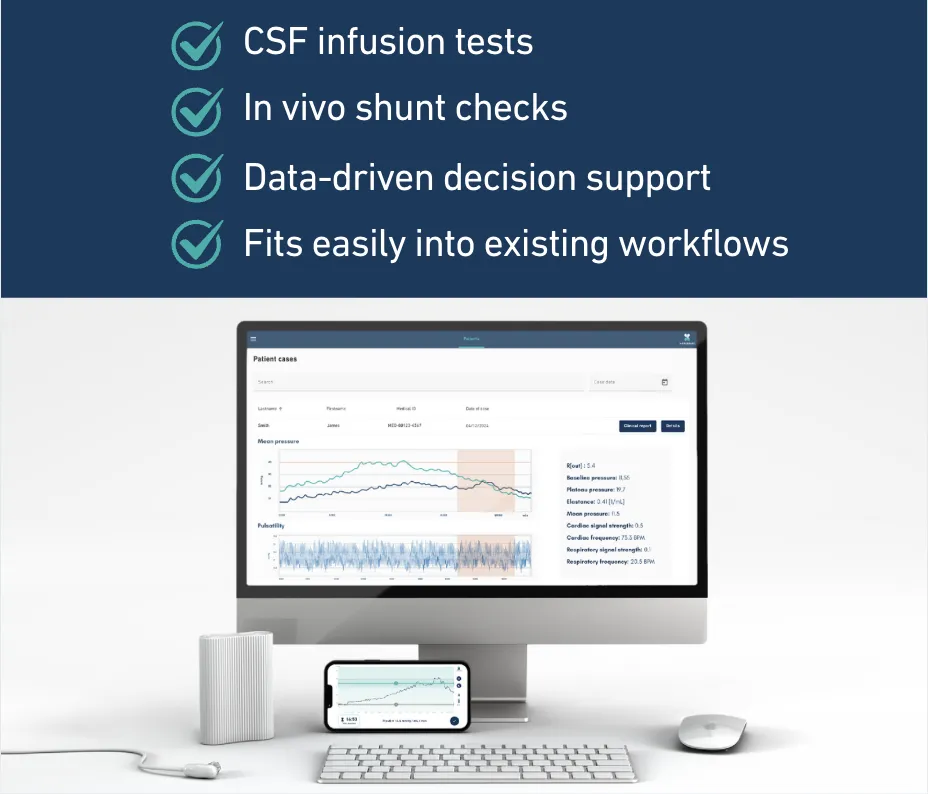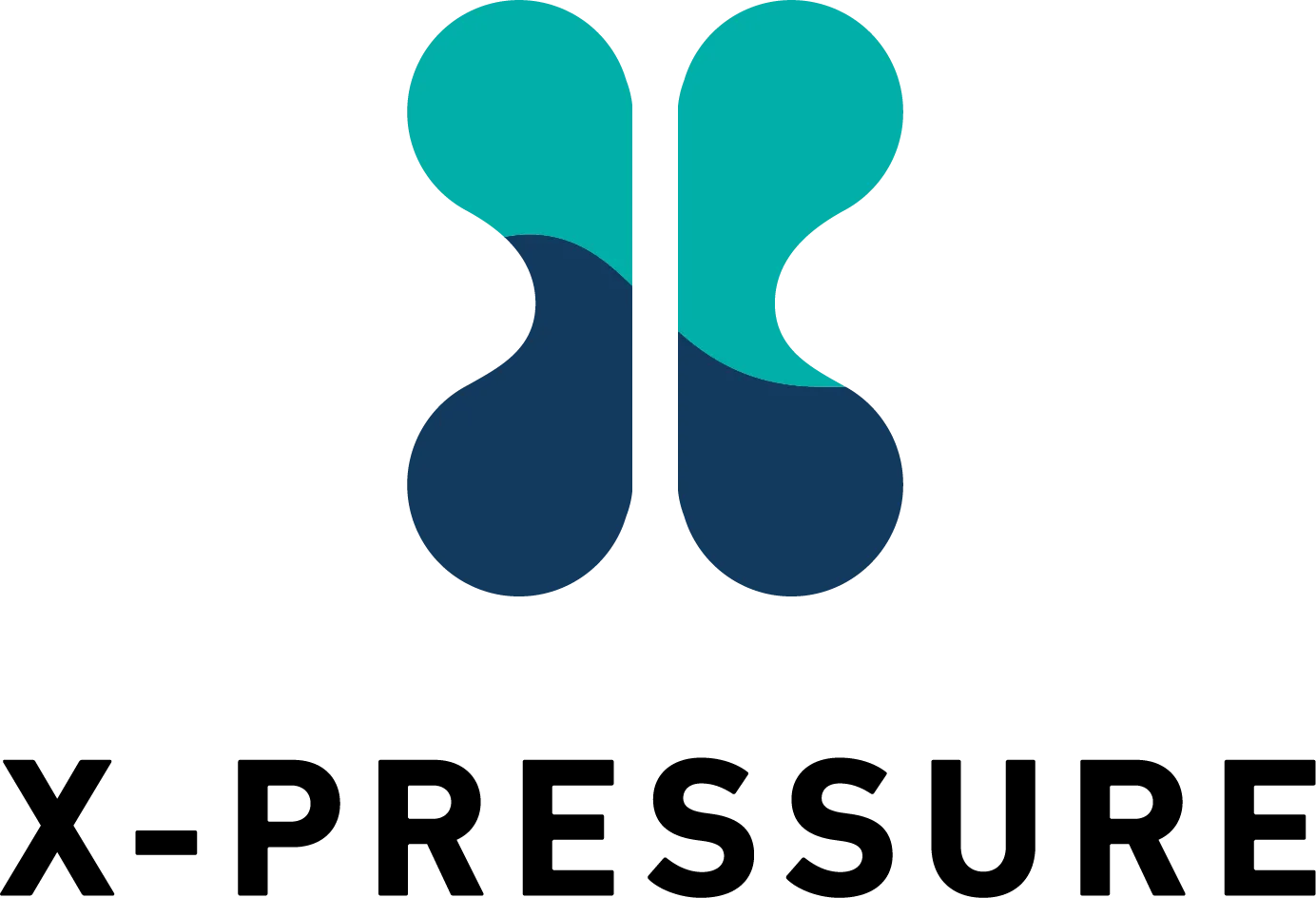Normal pressure hydrocephalus (NPH) is often undiagnosed or misdiagnosed as Alzheimer’s or Parkinson’s, leading to early loss of autonomy for patients. CSF infusion testing from X-Pressure is helping to change outcomes.
Why So Many Cases of Normal Pressure Hydrocephalus Go Undiagnosed (And What We Are Doing About It)
Normal pressure hydrocephalus (NPH) is one of the few neurological conditions where early intervention can truly turn back the clock — restoring mobility, cognition, and quality of life. And yet, it’s chronically underdiagnosed. Affecting an estimated 5% of adults over 65, NPH is often mistaken for Alzheimer’s, Parkinson’s, or simply “getting older,” leading to years of unnecessary decline and missed opportunities for recovery.
At X-Pressure, we’re changing the narrative. With tools like XP One, we’re making early, accurate detection not just possible — but practical — empowering clinicians to catch NPH sooner and give patients the second chance they deserve.
The Burden of Undiagnosed NPH
NPH is caused by abnormal accumulation of cerebrospinal fluid (CSF) in the brain’s ventricles, leading to increased ventricle size (ventriculomegaly) without a rise in intracranial pressure. The result is a triad of symptoms:
- Gait disturbances and falls
- Urinary incontinence
- Cognitive decline
These symptoms can mirror those of simple aging, as well as Alzheimer’s or Parkinson’s disease, which is why they’re often misattributed – especially in primary care settings or early-stage evaluations.

Beyond the statistics lies a profound human toll. Undiagnosed NPH means years of lost independence, unnecessary institutionalization, and emotional strain for both patients and their families. For many, the progression of symptoms feels inevitable — until it’s too late to reverse them. Families watch loved ones decline, unaware that a straightforward intervention could restore much of what’s been lost. Raising awareness isn’t just a clinical necessity — it’s a moral one.
Diagnostic Challenges: Where the System Falls Short
Several factors contribute to the underdiagnosis of NPH:
- Symptom Overlap: Most NPH symptoms mimic age-related decline or other neurological disorders.
- Inconclusive Imaging: While MRI or CT scans may show ventriculomegaly, the findings often resemble cerebral atrophy, complicating the diagnostic picture.
- Limited Access to Advanced Testing: Many facilities lack the resources or tools to perform specialized diagnostics like CSF infusion testing.
- Lack of Awareness: Clinicians unfamiliar with NPH may not consider it in differential diagnoses – especially for elderly patients.
As a result, up to 80% of NPH cases go undiagnosed, leaving millions of patients without access to life-changing care.
The Cost of Delay
When NPH is misdiagnosed, patients may be prescribed medications for unrelated conditions, or unnecessarily placed into elder care facilities – while a simple intervention, ventriculoperitoneal shunting, can improve their mobility, continence, and cognition. Early diagnosis and intervention are critical: the earlier NPH is treated, the better the outcome.
A New Path Forward: Smarter Testing, Earlier Detection
Cerebrospinal fluid infusion testing is emerging as a gold standard for functional assessment of CSF dynamics. This test evaluates CSF outflow resistance, helping distinguish NPH from other neurodegenerative diseases with overlapping symptoms.
X-Pressure’s XP One system brings infusion testing directly to the bedside – making early NPH detection more accessible than ever before. By simplifying the testing process and delivering real-time diagnostic data, XP One is closing the gap for patients who might otherwise slip through the cracks.

Better Tools, Better Outcomes
Too often, aging adults with NPH don’t receive the correct diagnosis. The result? Years of decline that could be prevented. By equipping clinicians with smart tools and actionable data at the point of care, XP One is helping shift the standard from resignation to real recovery.
X-Pressure isn’t just improving diagnostics; we’re reshaping what’s possible for patients, families, and the future of aging itself.
